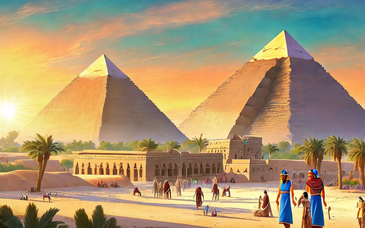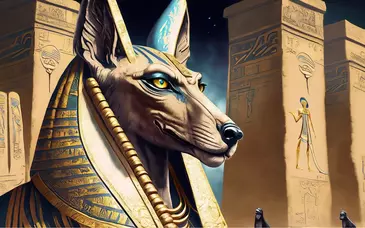
Henry Hopkins Sibley was a graduate of West Point. Like Loring, he had fought in the Seminole War, in Mexico, on the frontier, and as a Confederate general. During the Civil War, Sibley led the failed Southern effort to capture New Mexico and the Southwest. (Film buffs may recognize him as the general glimpsed briefly in Sergio Leone’s The Good, the Bad and the Ugly.) He was best-known as the inventor of the Sibley tent, a single-pole conical tent used by the Union and Confederate armies, and the Sibley stove, used until the advent of World War Two. Upon arriving in Egypt, Sibley was made inspector general of artillery, and with Loring devised the plans for the coastal defenses of Egypt and Alexandria. Unfortunately, General Sibley was an alcoholic, and also ran up a number of unpaid bills during his tenure in Egypt (including one for eating a cheese belonging to his landlord). The Khedive discharged him in 1873 for “physical disability.” Denied royalties from his inventions, Sibley died impoverished and forgotten in 1886, his grave remaining unmarked until 1956.


